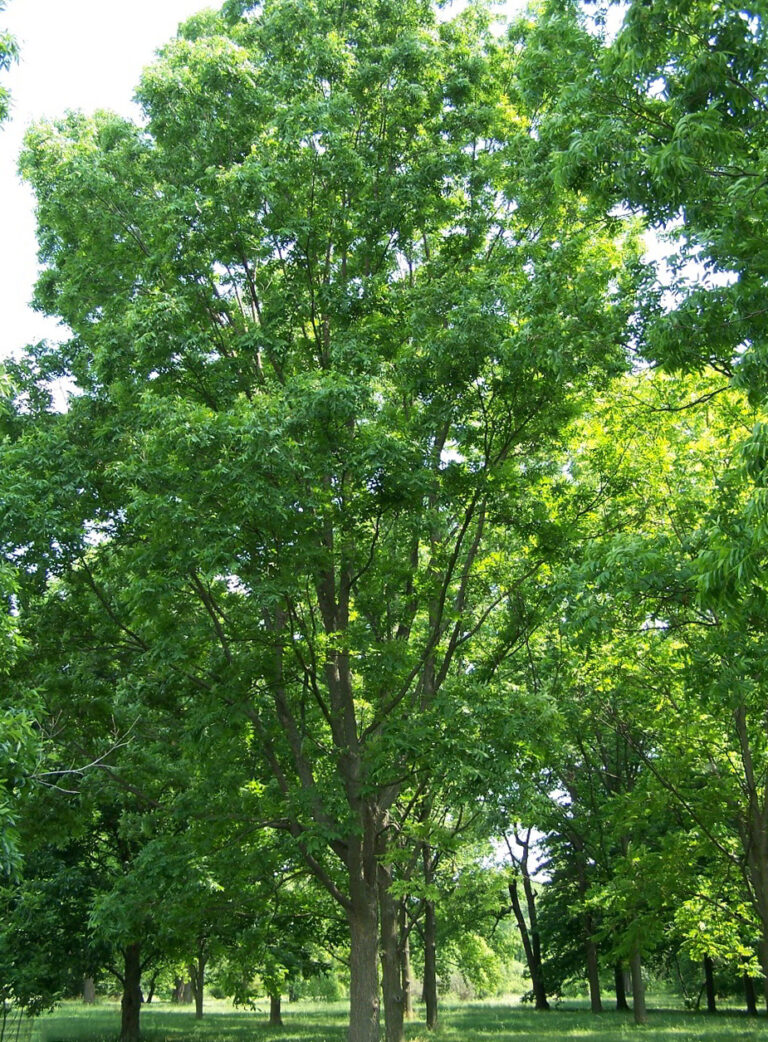
Pecan Tree
In the hickory family, the deciduous pecan tree is the tallest (Carya illinoinensis). Easily identifiable by its rich brown kernel with a distinctive grooved surface, they have a distinct flavor from other tree nuts.
Fruit and nut trees are an essential part of long term food sustainability. Learn how to plant and care for over 60 varieties for all growing zones world wide.

In the hickory family, the deciduous pecan tree is the tallest (Carya illinoinensis). Easily identifiable by its rich brown kernel with a distinctive grooved surface, they have a distinct flavor from other tree nuts.
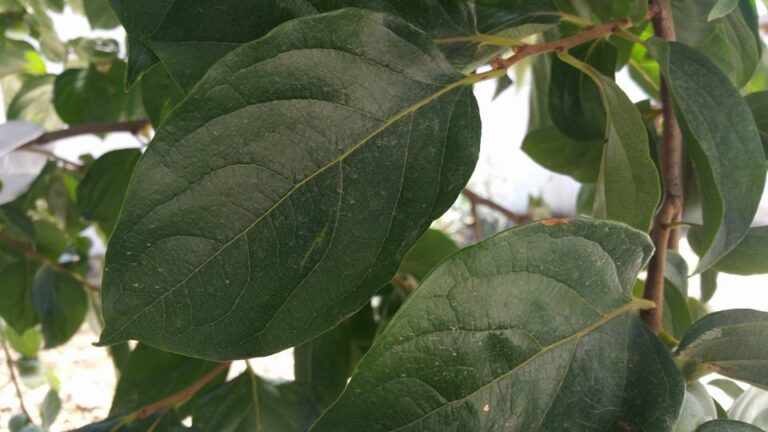
The American persimmon is a deciduous tree that at maturity can reach 30 to 80 feet (9.1 to 24.4 m) high and 20 to 35 feet (6.1 to 10.6 m) wide and is from the family Ebenaceae. Common cultivated varieties are the Japanese or Asian persimmon. These three trees have a strong taproot that can go quite deep, so this needs to be taken into consideration. This is why persimmons won’t grow well in containers. These trees are rather slow-growing and it can take seven to 10 years for them to be fruit-bearing.
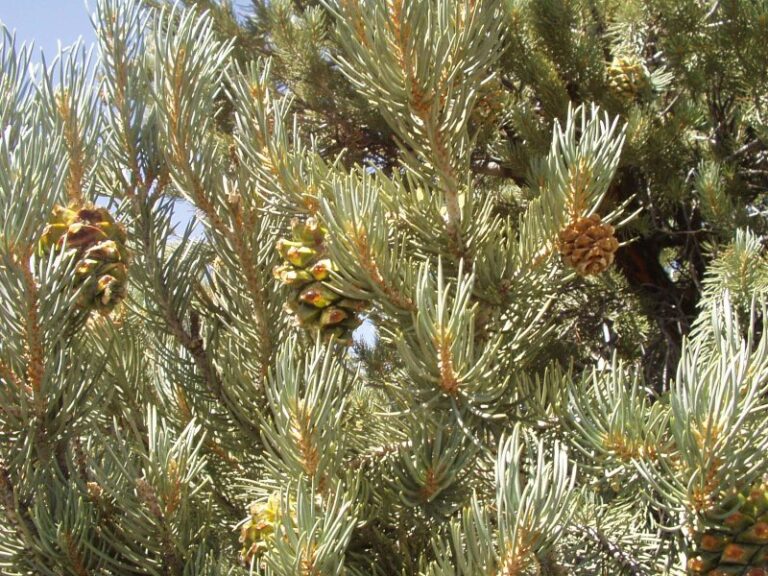
Pinyon is known as a white pine, which means that the wood from it is whiter in color instead of reddish tan colored. Needles on most white pines normally grow in clusters of 5 so the Pinyon is unusual in that its needles grow only in pairs. Foresters classify pines in two groups. Although you can harvest many different pinyon pine trees, some provide better harvests than others. The best for harvesting are the Colorado pinyon, Mexican pinyon, and single-leaf pinyon because they produce large pine nuts. Pinyons are the only pine trees that produce nuts large enough to
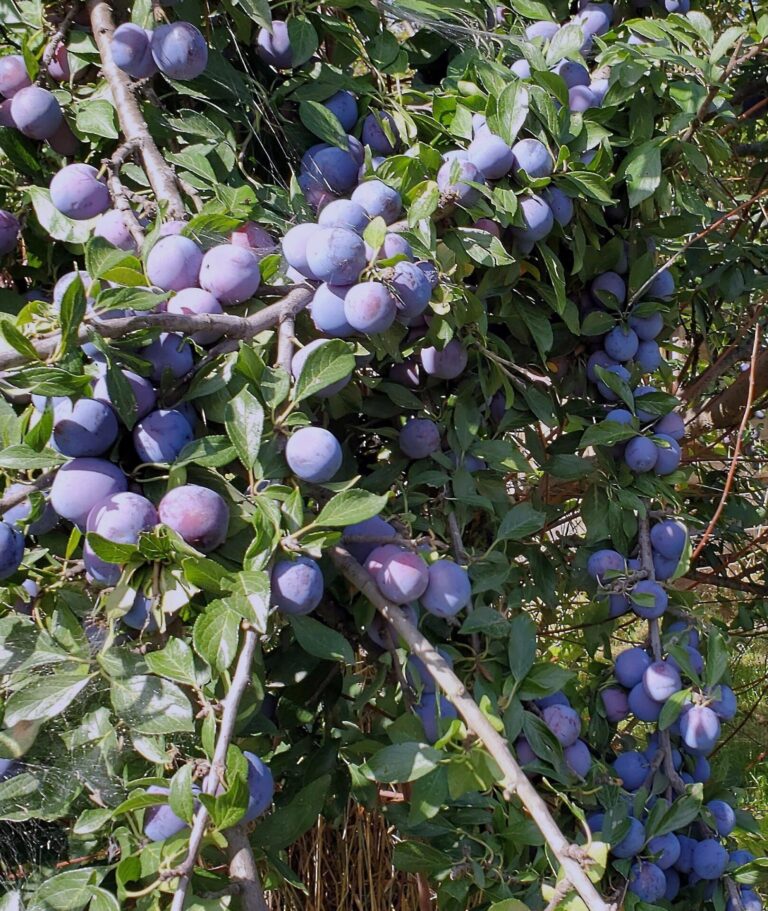
Any of various trees or shrubs in the genus Prunus of the family Rosaceae and their edible fruits. Plums are closely related to peaches and cherries. Plums are drupes, fleshy fruits that encase a single seed within a tough shell. Known for deep purple hues, plums come in a range of colors, including white, yellow, green and red. However, a tree may take 3 to 6 years to produce fruit. Plum trees blossom in late winter or early spring, depending on climate.
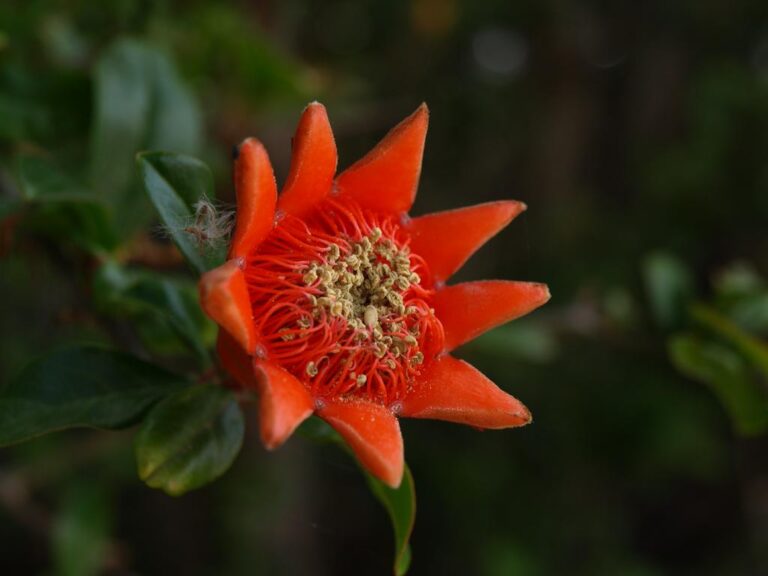
While the plant is more shrub-like than tree-shaped, you can train your pom to take on the shape of a tree. It is a deciduous tree of the family Lythraceae.and it will lose it leaves in late fall. Full-grown pomegranate trees that have been planted outdoors may reach heights of 20 to 30 feet (6 to 9 m). They are most at home in drier climates like that of California or Arizona. They’re native to the Middle East so they like arid regions. They have bright orange-red flowers and shiny foliage. Unlike eating other fruits, you eat the seeds,
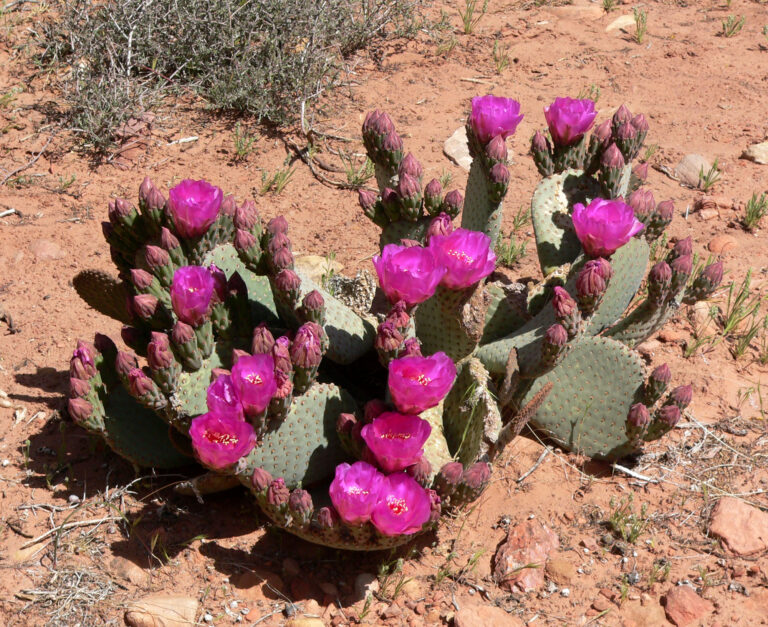
All prickly pears (cacti in the genus opuntia) are edible, though you may find that many varieties are not as tasty, have more spines or seeds than the prickly pears and cactus pads you might find in a store. The prickly pear, which is also referred to as the Indian fig, also has pretty flowers that range from orange to yellow to white. The pads are the flat, green, fleshy parts that make up the majority of the plant. Sizes vary as about 18 in. wide from low-growing cactus to 10 to 15 ft (3 to tall trees. Every
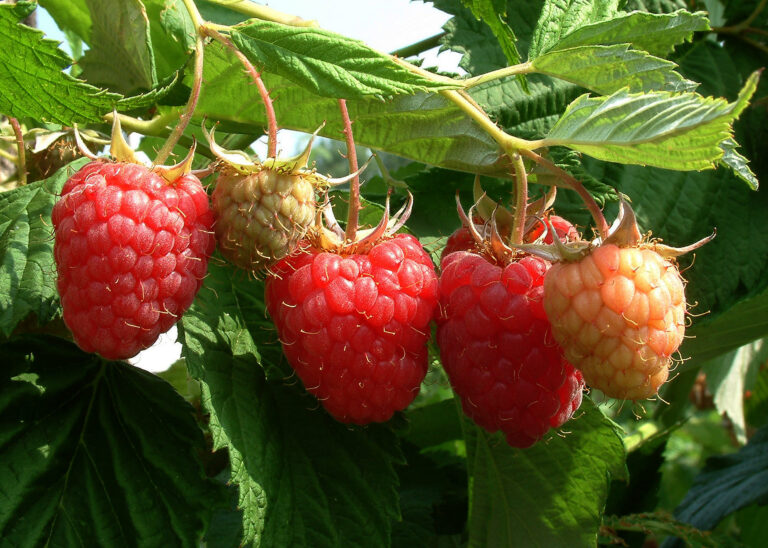
Raspberries are perennials with woody stems and usually prickly plants of the genus Rubus of the rose family that bear edible drupelets. They come in red, yellow, and black varieties that ripen at different times of the year, usually between late summer and fall. The aggregate fruit of any of these plants, consist of many small, fleshy, receptacle and that are usually rounder and smaller than the closely related blackberries. With care, the raspberry bush can produce fruit for up to 20 years.
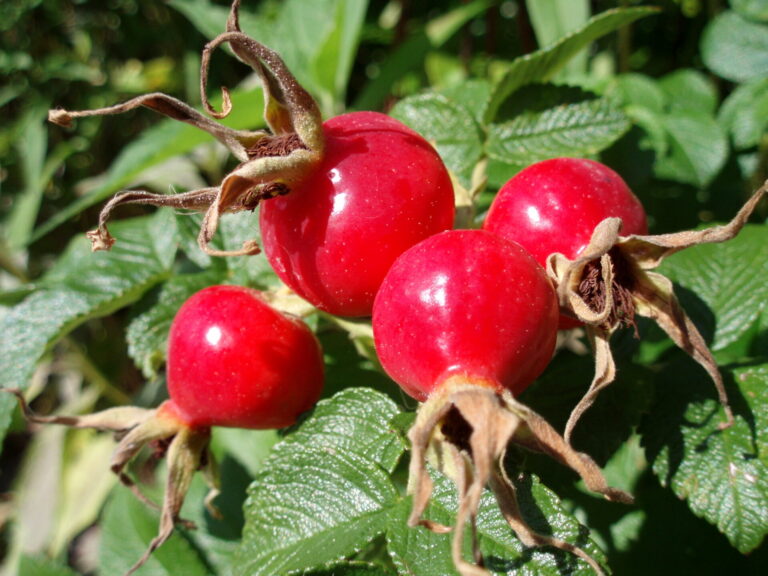
Rose hips are the fruit, or seed pods, of rose plants. They are usually red or orange but can be purple or black, and they typically ripen in the late summer or fall. Hips and petals are edible and come from the Rosacea family. These deciduous perennial shrubs vary 4 to 8 ft. tall and 4 to 6 ft. wide. For the best hips, plant a Rugosa variety of rose (native shrub rose species) which are said to have the best-tasting hips. These hips are also generally the largest and most abundant. Rugosa roses are known to spread, and
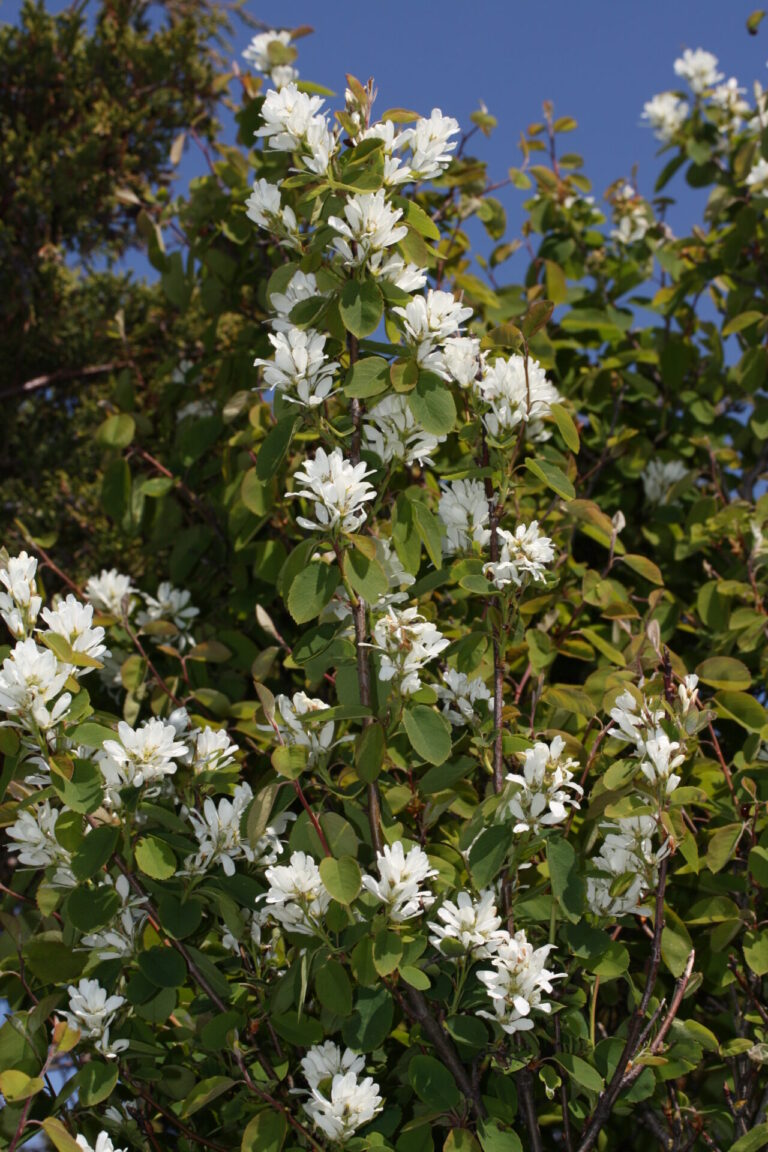
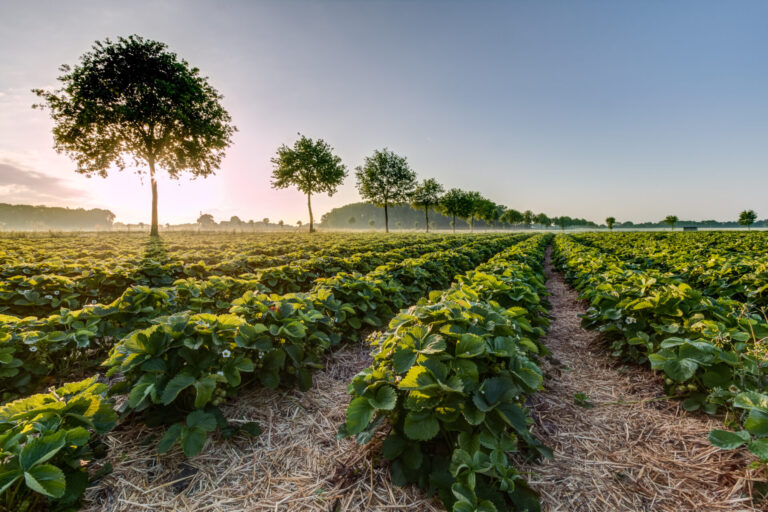

In the hickory family, the deciduous pecan tree is the tallest (Carya illinoinensis). Easily identifiable by its rich brown kernel with a distinctive grooved surface, they have a distinct flavor from other tree nuts.

The American persimmon is a deciduous tree that at maturity can reach 30 to 80 feet (9.1 to 24.4 m) high and 20 to 35 feet (6.1 to 10.6 m) wide and is from the family Ebenaceae. Common cultivated varieties are the Japanese or Asian persimmon. These three trees have a strong taproot that can go quite deep, so this needs to be taken into consideration. This is why persimmons won’t grow well in containers. These trees are rather slow-growing and it can take seven to 10 years for them to be fruit-bearing.

Pinyon is known as a white pine, which means that the wood from it is whiter in color instead of reddish tan colored. Needles on most white pines normally grow in clusters of 5 so the Pinyon is unusual in that its needles grow only in pairs. Foresters classify pines in two groups. Although you can harvest many different pinyon pine trees, some provide better harvests than others. The best for harvesting are the Colorado pinyon, Mexican pinyon, and single-leaf pinyon because they produce large pine nuts. Pinyons are the only pine trees that produce nuts large enough to

Any of various trees or shrubs in the genus Prunus of the family Rosaceae and their edible fruits. Plums are closely related to peaches and cherries. Plums are drupes, fleshy fruits that encase a single seed within a tough shell. Known for deep purple hues, plums come in a range of colors, including white, yellow, green and red. However, a tree may take 3 to 6 years to produce fruit. Plum trees blossom in late winter or early spring, depending on climate.

While the plant is more shrub-like than tree-shaped, you can train your pom to take on the shape of a tree. It is a deciduous tree of the family Lythraceae.and it will lose it leaves in late fall. Full-grown pomegranate trees that have been planted outdoors may reach heights of 20 to 30 feet (6 to 9 m). They are most at home in drier climates like that of California or Arizona. They’re native to the Middle East so they like arid regions. They have bright orange-red flowers and shiny foliage. Unlike eating other fruits, you eat the seeds,

All prickly pears (cacti in the genus opuntia) are edible, though you may find that many varieties are not as tasty, have more spines or seeds than the prickly pears and cactus pads you might find in a store. The prickly pear, which is also referred to as the Indian fig, also has pretty flowers that range from orange to yellow to white. The pads are the flat, green, fleshy parts that make up the majority of the plant. Sizes vary as about 18 in. wide from low-growing cactus to 10 to 15 ft (3 to tall trees. Every

Raspberries are perennials with woody stems and usually prickly plants of the genus Rubus of the rose family that bear edible drupelets. They come in red, yellow, and black varieties that ripen at different times of the year, usually between late summer and fall. The aggregate fruit of any of these plants, consist of many small, fleshy, receptacle and that are usually rounder and smaller than the closely related blackberries. With care, the raspberry bush can produce fruit for up to 20 years.

Rose hips are the fruit, or seed pods, of rose plants. They are usually red or orange but can be purple or black, and they typically ripen in the late summer or fall. Hips and petals are edible and come from the Rosacea family. These deciduous perennial shrubs vary 4 to 8 ft. tall and 4 to 6 ft. wide. For the best hips, plant a Rugosa variety of rose (native shrub rose species) which are said to have the best-tasting hips. These hips are also generally the largest and most abundant. Rugosa roses are known to spread, and



Here is a slide show of some of our projects. https://organicliving.thenewblueprintforhumanity.org/wp-content/uploads/2025/09/TPC-Gardening-Slide-Show.mp4
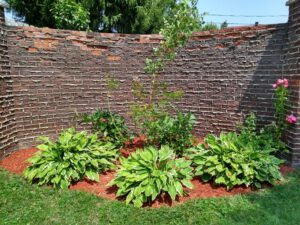
A lesson I have learned and have begun to experience is this; ‘When you take action, any action, the world will begin to move for you’.

Here is our report on the TPC Gardening and Non GMO Foods Communal Gathering Zoom call with the Bowler Hat Farmer, August 31, 2025 We […]
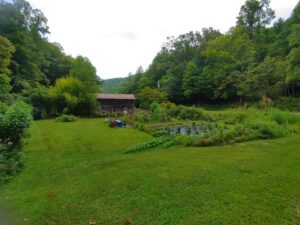
The TPC Gardening and Non GMO Food Communal Gathering Zoom Call Every Sunday at 9.00 am Mountain Time the Gardening and Non GMO Food Communal […]

One of the Vital solutions of Korean Natural Farming is the introduction of Indigenous Micro Organisms (IMO) into the soil to promote health and vitality. […]
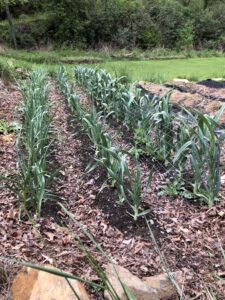
The Dedicated garlic Bed, year 2. Elephant Garlic grown from cloves, last year, Produced a single large bulb if garlic, as a Onion. No cloves. […]
